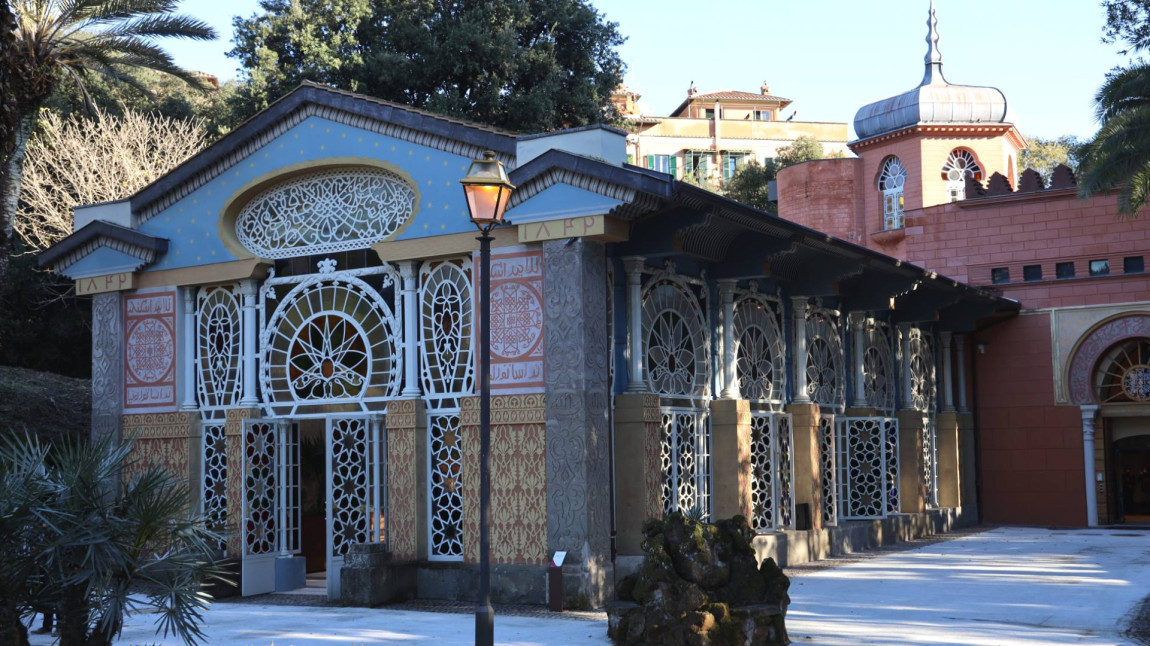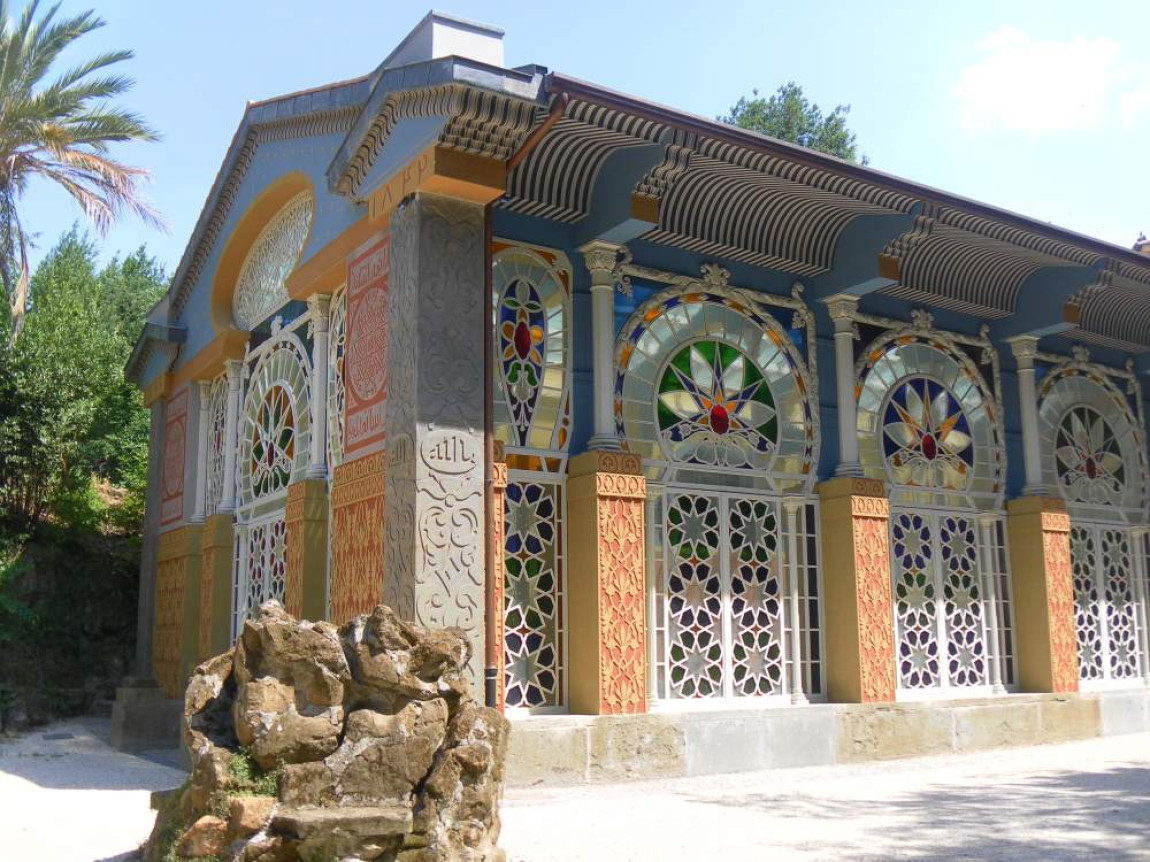
Serra-Moresca: Roman Alhambra-inspired Masterpiece
Step into a mesmerizing world of art and architecture, inspired by the splendor of the Alhambra. The unique Serra-Moresca Museum in Rome resurrects the essence of this remarkable aesthetic.
Legacy of Great Masters and the Alhambra Style
Just a few steps from Porta Pia, in the heart of Rome, lies an extraordinary place – Serra-Moresca. This architectural wonder, including the Moresca Tower, was designed by Giuseppe Jappelli in 1839 for Prince Alessandro Torlonia.
Alessandro Torlonia, the fourth son of Giovanni and Anna Maria Schultheiss, lived through a period of great change – an era of political and cultural shifts that transformed the Torlonias from traders to bankers. He became the driving force of the family's ascent and inherited a villa named after his family. From 1925 to 1943, it was even leased to Benito Mussolini for a symbolic sum of a thousand lire. Today, it's a public park with museums, a center for the elderly, and a bar-restaurant.
Journey into Beauty
Serra-Moresca is a true architectural marvel. Its exterior resembles the Arabesque forms of Granada's Alhambra, but the use of iron and cast iron inside gives it a semblance of the Palm House at Kew Gardens in London. In this astonishing place, rare plants such as pineapples were not only housed, but evenings of socializing and cultural events also took place.
The entrance to Serra-Moresca is grandly adorned with a pavilion adorned with pepper plants, cast iron windows, and a fountain in the center. Inside, a collection of palms, agaves, and pineapples awaits. Further on, an artificial cave with waterfalls and lakes awaits, along with a Tower offering views of the eternal city through stained glass windows.
Evolution of Idea and Transformations
The idea of building Serra-Moresca emerged in 1836 when Jappelli began working on the project. The road to its realization was long and incredibly interesting. Initially, plans included a grotto, a nymph's sanctuary, an armory, and an Indian pagoda. Ultimately, the Moorish style was chosen, inspired by the works of James Cavanah Murphy, the author of "Arab Antiquities of Spain." Implementation of this idea began in 1840.
Serra-Moresca endured challenging times and destruction, but in 1978, both it and the Torlonia villa were acquired by the Municipality of Rome. Restoration efforts began, and as a result, the museum once again opens its doors in all its magnificence. The latest restoration work was led by architect Maria Cristina Tulio, with support from the Capitoline Superintendency for Cultural Heritage and Material Execution by Zètema Progetto Cultura.
Today, the museum is open to visitors and awaits your visit.





